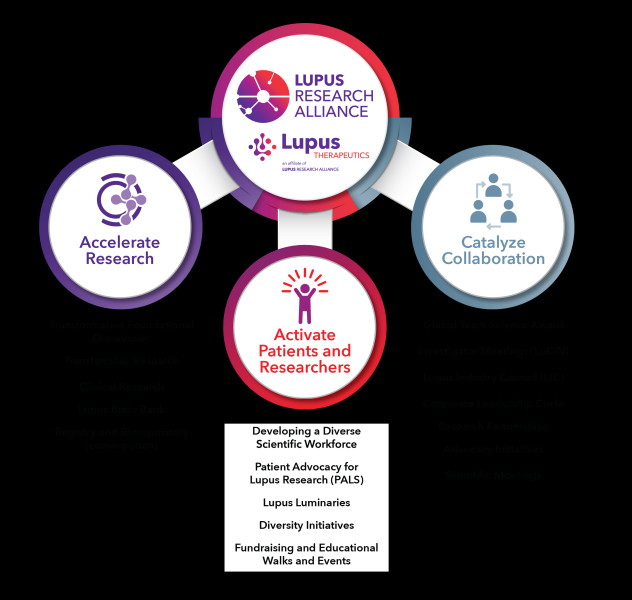In the heart of Silicon Valley, where dreams of technological utopia are woven into every fiber of existence, Stanford University has been grappling with an unexpected challenge: lupus research. The disease, often shrouded in mystery and misperception, continues to elude scientists despite their best efforts.
Stanford's latest study on the autoimmune disorder, which affects millions worldwide, was supposed to be a beacon of hope. But as results started trickling in, it became clear that the road ahead is far more treacherous than anticipated. The research team, led by Dr. Emily Chen, had hoped to uncover new genetic markers and potential treatments. Instead, they found themselves staring at a labyrinthine puzzle with no immediate answers.
The study, which involved analyzing DNA samples from over 500 patients across the globe, revealed some startling inconsistencies. While certain genetic patterns were identified in some participants, these same patterns did not hold true for others. This variability has left researchers scratching their heads and questioning the very foundations of their approach.
The Complexity of Lupus
Lupus is a complex disease that affects different individuals in vastly different ways. It's like trying to nail down a slippery eel; every time you think you've got it, it squirms away again. The Stanford team’s findings underscore this complexity, highlighting the need for more personalized treatment approaches.
Dr. Chen, in an interview with latestsciencejournal.com, expressed her frustration and determination: "We're not giving up, but we need to rethink our strategies. Lupus is like a chameleon; it changes its spots depending on who you are looking at."
The Broader Implications
This setback has broader implications for the medical community. It serves as a stark reminder that even in an era of advanced technology and unprecedented scientific progress, there are still diseases that defy our understanding. The failure to find clear genetic markers could mean that environmental factors play a more significant role than previously thought.
Moreover, it raises questions about funding priorities and the allocation of resources. With limited budgets and countless other pressing health issues vying for attention, should we be investing so heavily in lupus research? Or are there other avenues that might yield quicker results?
The Patient Perspective
For those living with lupus, this news is both disheartening and frustrating. Many have pinned their hopes on a breakthrough that could alleviate their suffering. The Stanford study's inconclusive findings leave them feeling let down, but also more determined to push for continued research.
Lupus patient advocate, Sarah Thompson, shared her thoughts: "We understand the complexity of this disease, and we know it’s not going to be easy. But every step forward, no matter how small, is a step in the right direction."
The Way ForwardDespite these challenges, there are glimmers of hope on the horizon. Other research institutions around the world continue to make incremental progress, and new technologies like CRISPR offer promising avenues for future exploration.
Stanford's team is now considering a more holistic approach that incorporates not just genetic data but also environmental factors and patient histories. It’s a shift from the traditional reductionist model towards a more integrative understanding of lupus.
The Final Perspective
In the grand tapestry of medical research, Stanford's current setback is but one thread in a much larger pattern. While it may seem like a step backward, it could ultimately lead to a leap forward in our understanding and treatment of this enigmatic disease.
As Dr. Chen concluded, "Every failure brings us closer to success. We just need to keep pushing, no matter how daunting the challenge."
In the meantime, for those affected by lupus, the message remains clear: hope is not lost, but the path forward will be paved with perseverance and innovation.



